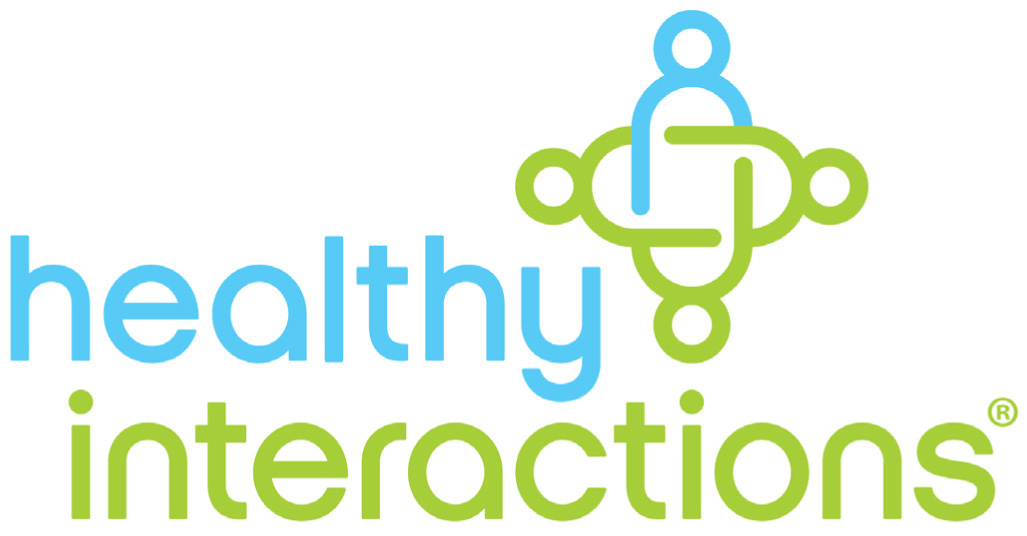Health Program Targets Child Obesity
September 21, 2010
Article from ToledoBlade.com
By JULIE M. McKINNON
BLADE STAFF WRITER
With about one-third of Ohioans ages 10 to 17 overweight or even obese, addressing weight problems early on is a key local health priority.
And discussions about the best nutritional choices and exercise when children are young – instead of telling them not to eat certain items or otherwise treating food in a punishing manner – is a good way to achieve that priority, said Dr. Mark Watkins, a pediatric endocrinologist with ProMedica Physicians Group.
"We want to prevent this from happening all together," Dr. Watkins said about childhood obesity. "It's much easier if we can get to these kids early so they know what to do."
ProMedica Health System last year developed a program called Healthy Kids Conversation Map for students throughout northwest Ohio and southeast Michigan. Materials have been created for students in fourth through sixth grades, and material for second and third graders is expected to be available Nov. 1.
Volunteers teach the interactive program, which uses a map to prompt discussions of exercise and nutrition. Last week, for example, Angel Holmes and other fifth graders at Eagle Academy in East Toledo had their third and final hour-long session after warming up with jumping jacks.
"If someone teaches it to you, then you can get really healthy," said Angel, 10.
The biggest risk for obese children is developing Type 2 diabetes, which typically is associated with adults, Dr. Watkins said. He said he has treated children as young as 6 for Type 2 diabetes, and it has been on the rise locally among youngsters for a decade.
Overall, about 10 percent of his patients with diabetes have Type 2, a rate that would have been nonexistent 20 years ago, he said.
Other problems for obese children include high blood pressure, high cholesterol, arthritis, and sleep apnea, which causes them to stop breathing during sleep and is hard on their hearts, Dr. Watkins said.
Stephanie Cihon, ProMedica spokesman, said that students in the Healthy Kids program are taught, for example, to look for how much sugar a product has and to avoid those listing sugar as the first ingredient. They learn that instead of counting calories and fat grams.
Children also are taught that drinking three cups of milk, doing an hour of physical activity, limiting screen time to two hours, and making sure fruits and vegetables fill half their plates are daily activities. Those are easy messages for youngsters to understand, Ms. Cihon said.
Fifth-grade teacher Melissa Miller said that at Eagle Academy, the program's message seems to be getting through: Students have commented about teachers drinking caffeinated pop in the morning. "They've been talking about things they've been learning," she said. "Because of the program, they've become more aware about reading the labels on foods."
Children can be taught during school, as they were at Eagle Academy, or at after-school programs at the YMCA or elsewhere. Sessions for parents are available so discussions can take place among family members. "I think it's really neat because you learn how to get active," said Anna Benavidez, 11, an Eagle Academy fifth grader. "You learn how to eat right."
Other recent news
September 2, 2015
October 17, 2015
July 27, 2015
July 23, 2015
March 23, 2015
